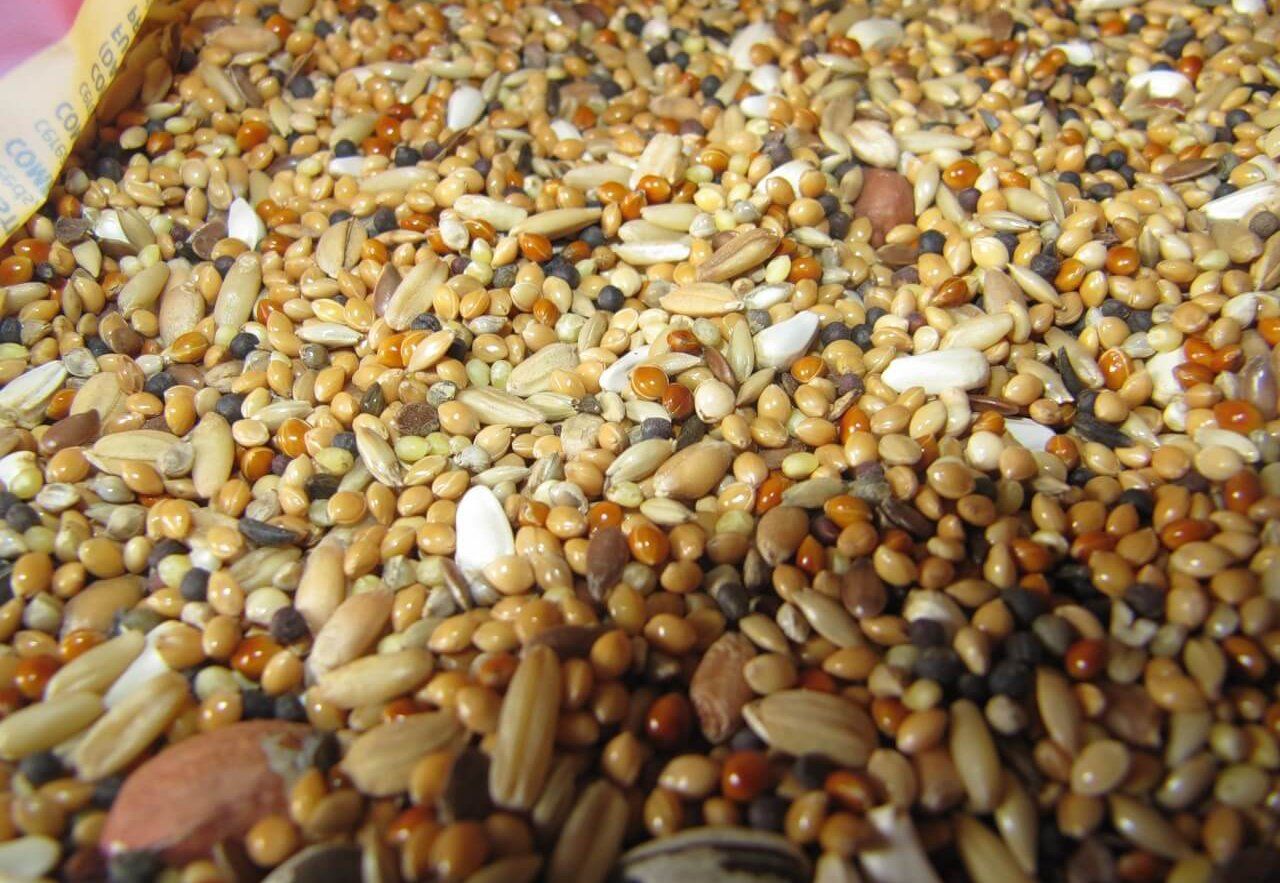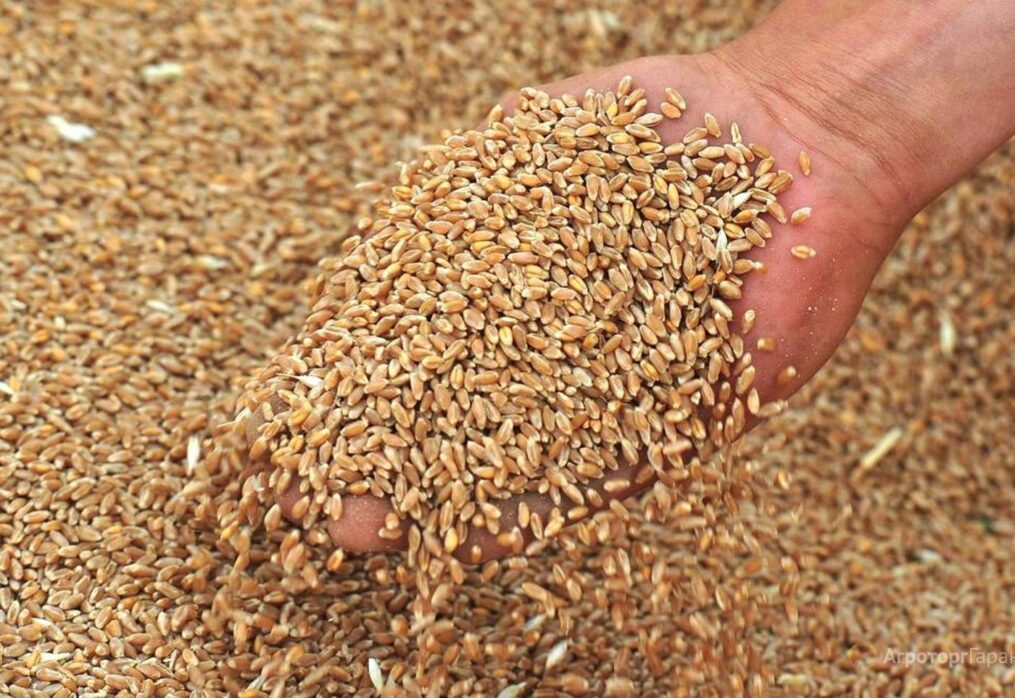Coarse grain production could reach record levels
Coarse grain production: FAO forecasts
According to the FAO, coarse grain production will reach a record level in the 2023-2024 season. The organisation published this forecast in its latest report. The global feed crop harvest will be around 1.5 billion tonnes. FAO has raised its expectations by 12 million tonnes compared to its previous analysis.
The revision is based on new US, Canada, China and Turkey data. In these countries, farmers are planning to increase corn acreage. In the global context, the forecast for cereal production is more than 2.8 billion tonnes. This is 1.2% higher than last season.
World wheat production will be close to 789 million tonnes. Even if expectations are raised, this result is 2.2% lower than the 2022-2023 harvest.
Analysts forecast world grain consumption of around 2.8 billion tonnes. This is almost 9 million tonnes higher than the FAO forecast in December. Growing demand for grain for animal feed is the reason for the increase. The primary demand for feed will come from Australia, the US and the European Union.
In terms of stocks, the ratio of stocks to consumption will be 31%. This is a comfortable ratio.
Overview of world market trends
Forecast for the world grain market:
— trade will reach 480 million tonnes;
— 0.8% higher than last season;
— increased demand for coarse grains will be the main driver of increased trade;
— analysts expect trade volumes to fall for rice and wheat.
The export value of wheat has fallen due to high competition in the market. At the beginning of 2024, Southern Hemisphere producers had harvested their crops and wanted to sell them faster. Many were willing to lower prices, which affected the overall dynamics. This affected the price of corn in particular, given the high yields in Argentina.
At the same time, rice prices rose by 1.2%, indicating strong demand for the crop. Importers are most interested in indica grains from Pakistan and Thailand. Higher imports from Indonesia also contributed to higher prices.
In the latest report, the FAO also presented the dynamics of the Food Price Index. According to the data, the index fell by 1% in January compared to December. At the same time, the decrease was more than 10% compared to the same period last year. This result indicates an improvement in the situation with the cost of popular food products.
